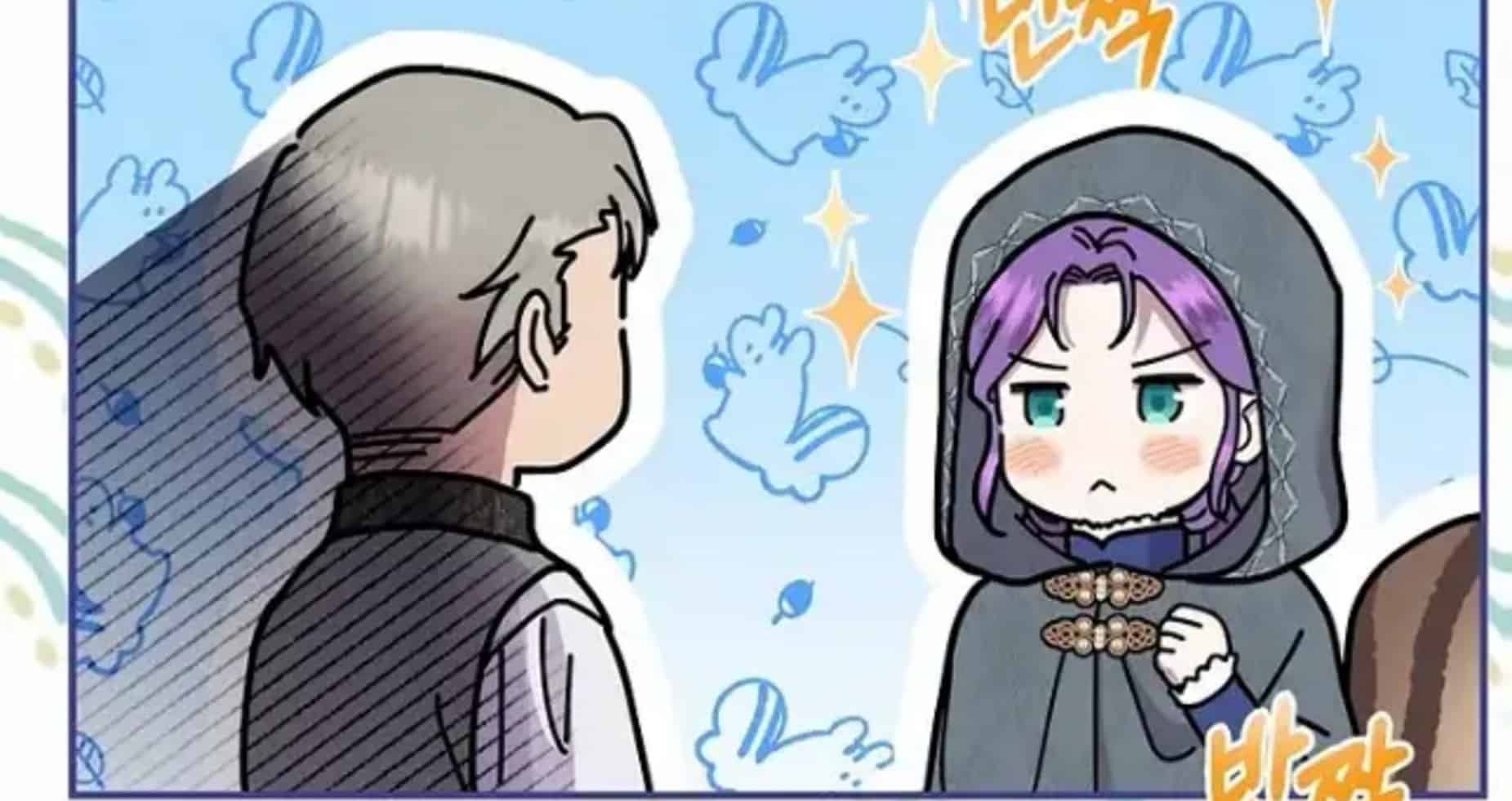Materialistic Princess Chapter 4 delves into the captivating tale of Princess Annelise, a character whose materialistic desires lead her down a path of conflict and unhappiness. This chapter explores the profound impact of materialism on individuals and society, weaving a narrative that is both thought-provoking and engaging.
As Annelise’s materialistic nature takes hold, her relationships suffer, and she finds herself isolated from those who truly care about her. The chapter delves into the complexities of human nature, revealing how greed can corrupt even the purest of hearts.
Character Analysis

Princess Annelise is a complex and contradictory character. She is beautiful, intelligent, and kind, but she is also materialistic and selfish. Her materialistic nature affects her interactions with others in a number of ways.
Annelise’s materialism leads her to be judgmental of others. She often looks down on people who do not have as much money or possessions as she does. This judgmentalism can make it difficult for her to form meaningful relationships with others.
Annelise’s materialism also leads her to be manipulative. She often uses her wealth and status to get what she wants. This manipulativeness can damage her relationships with others, as people come to see her as untrustworthy.
Despite her materialism, Annelise is not a completely unlikable character. She is capable of great kindness and compassion. She is also a loyal friend to those who she cares about. However, her materialism is a major flaw that can make it difficult for her to have healthy relationships with others.
Examples of Annelise’s Materialism
- Annelise is obsessed with her appearance. She spends hours each day getting ready and spends a small fortune on clothes and makeup.
- Annelise is always comparing herself to others. She is constantly worried about what other people think of her and her possessions.
- Annelise is always looking for ways to get more money and possessions. She is never satisfied with what she has.
- Annelise is often willing to sacrifice her relationships with others in order to get what she wants.
Theme of Materialism and its Consequences

In chapter 4, the theme of materialism and its consequences is explored through the characters’ relentless pursuit of wealth and possessions. This chapter highlights the destructive nature of materialism, demonstrating how it can lead to conflict, unhappiness, and the erosion of relationships.
Consequences of Materialism
- Conflict: Materialistic desires often lead to conflict among characters as they compete for resources and possessions. For example, the princess’s desire for a luxurious lifestyle clashes with her family’s modest means, causing tension within the family.
- Unhappiness: Despite their wealth, the characters in this chapter are often unhappy and unfulfilled. They realize that material possessions cannot bring true happiness or satisfaction, leaving them feeling empty and lost.
- Damaged Relationships: Materialism can damage relationships by creating competition, envy, and mistrust. For instance, the princess’s lavish spending habits drive a wedge between her and her friends, who feel excluded and resentful.
- Negative Impact on Society: Materialism can have a negative impact on society by promoting greed, inequality, and consumerism. It can lead to the exploitation of resources and the destruction of the environment, ultimately harming everyone.
Symbolism and Motifs

The chapter is replete with objects and events that carry symbolic significance, reflecting the characters’ materialistic values and their impact on the story.
Objects
| Symbol | Description | Significance |
|---|---|---|
| Diamond necklace | A priceless piece of jewelry that Princess Rosalind covets | Represents her superficiality and obsession with wealth |
| Gold coins | A vast collection that King William hoards | Symbolizes his greed and avarice |
| Silk dress | A luxurious garment that Princess Rosalind wears to impress | Reflects her vanity and desire for attention |
Narrative Structure and Literary Devices

The chapter’s narrative structure, literary devices, and point of view contribute to the story’s overall impact. The author employs various techniques to enhance the reader’s understanding and emotional response to the events that unfold.
Setting
The chapter primarily takes place in the opulent palace where the princess resides. The setting’s grandeur and extravagance highlight the princess’s materialistic lifestyle and the superficiality of her surroundings. The palace’s isolation from the outside world symbolizes her sheltered existence and lack of connection to the real world.
Point of View
The story is narrated from a third-person omniscient perspective, allowing the reader access to the thoughts and feelings of both the princess and her surroundings. This perspective provides a comprehensive understanding of the characters’ motivations and the consequences of their actions.
Pacing
The pacing of the chapter is deliberate and measured, building tension and anticipation as the princess’s materialistic desires escalate. The gradual progression of events allows the reader to fully absorb the impact of her actions and the consequences that follow.
Foreshadowing, Materialistic princess chapter 4
The author employs foreshadowing to hint at the impending consequences of the princess’s materialism. For instance, the princess’s obsession with acquiring new possessions is juxtaposed with descriptions of the suffering and poverty outside the palace walls, suggesting the potential for conflict and upheaval.
Irony
The chapter also utilizes irony to highlight the absurdity of the princess’s materialistic pursuits. Despite her wealth and possessions, she remains unfulfilled and isolated, revealing the emptiness of her materialistic lifestyle.
Metaphor
Metaphors are used to convey the abstract concepts of materialism and its consequences. The princess’s heart is described as “a cold, empty vault,” symbolizing the emptiness that her materialistic pursuits have created within her.
Conclusion: Materialistic Princess Chapter 4

Materialistic Princess Chapter 4 serves as a poignant reminder of the dangers of materialism. Through Annelise’s journey, we witness firsthand the devastating consequences of allowing material possessions to dictate our lives. The chapter leaves us with a powerful message about the importance of valuing relationships, experiences, and personal growth over material wealth.
FAQ Explained
What is the main theme of Materialistic Princess Chapter 4?
The main theme of Materialistic Princess Chapter 4 is the exploration of materialism and its consequences on individuals and society.
How does Annelise’s materialistic nature affect her relationships?
Annelise’s materialistic nature leads to conflict and isolation in her relationships as she prioritizes material possessions over emotional connections.
What literary devices are used in Materialistic Princess Chapter 4?
The author employs literary devices such as foreshadowing, irony, and metaphor to enhance the story’s impact and convey the consequences of materialism.

